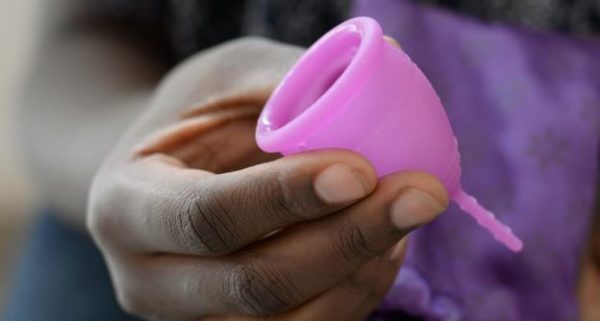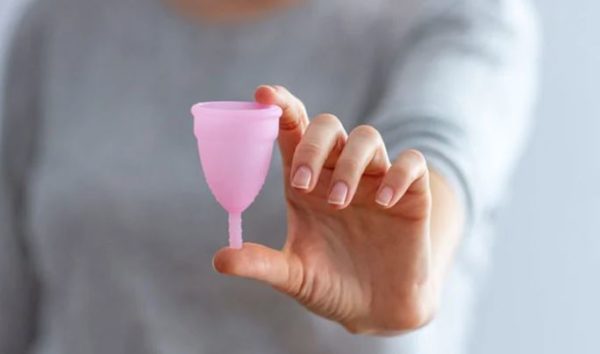Lifestyle
5 hygiene practices to maintain while using a menstrual cup

A menstrual cup is a sustainable period product.
Not only is it an eco-friendly choice but also cost-effective if you add up ones’ annual expenditure on sanitary products.
1. Use a menstrual cup cleanser
Many wellness brands like Sirona provide a cleanser that ensures deep cleaning of the cup before and after use. Most of these are available without any added synthetic fragrances and have a pH-balanced formula.
When you wash a cup or any other sanitary product with regular soap, it tends to increase the pH level. Hence, the product can cause irritation, redness, and itching.
2. Vinegar solution for sanitisation
A homemade solution to sanitise a menstrual cup is making a vinegar solution. In a bowl, mix vinegar and water in a ratio of 9:1. The solution becomes a natural sanitising agent, which will kill any bacteria or germs breeding on the walls of the cup.
All you have to do is prepare the solution and rinse the menstrual cup with it. Once you have dipped the cup in it, you can rinse it off with cold or normal temp water
3. Boil the cup between period cycles
Whether using the vinegar solution or a cleanser, you must not forget to boil the menstrual cup between period cycles. There is no better way to sterilise a tool than let it be in boiling water for some time.
The process takes only two minutes. Keep the cup in the water for a couple of minutes and store it in a dry place. You should also stop yourself from going overboard with the process because the heat can actually lead to thinning or softening of silicone over time.
4. Store in a dry container
The first thing you will have to remember is to ensure that the menstrual cup is not stored in a plastic bag after washing. You must always pick a breathable and dry bag or box that remains sealed.
It will ensure a longer life span for the menstrual cup and prevent germs from making it a breeding ground. You can also use a cotton pouch and store the cup in a dry place, like the drawer where you store your undergarments.
5. Do not store a wet cup
One of the most important things to ensure before storing a menstrual cup is drying it off. Once you have boiled or washed the cup, allow it to dry in the air or sun. If you store a wet cup, it could become a hotspot for germs and bacteria to grow.










